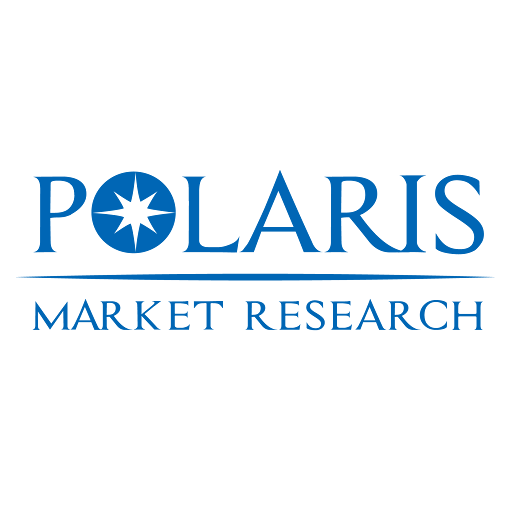Post-Pandemic Expansion: Opportunities in Non-Invasive Drug and Alcohol Screening

The global rapid oral fluid screening device market was valued at USD 5.38 billion in 2019 and is expected to grow at a CAGR of 20.7% during the forecast period, reflecting a transformative shift in substance detection methodologies driven by non-invasive sampling, regulatory modernization, and rising demand for point-of-care diagnostics. This growth trajectory is not uniform across geographies, with North America, Europe, and Asia Pacific exhibiting distinct adoption patterns shaped by divergent regulatory frameworks, public health policies, and law enforcement practices. North America, particularly the United States, remains the largest regional market, accounting for over 45% of global revenue in 2019, underpinned by stringent workplace drug testing mandates from the Department of Transportation (DOT) and the expansion of roadside oral fluid testing programs in states like California and Florida.
The U.S. Food and Drug Administration’s (FDA) 510(k) clearance pathway has accelerated market entry for validated devices, fostering innovation while maintaining clinical reliability. Regional manufacturing trends in the U.S. emphasize high-volume production of lateral flow assays and integrated reader systems, with companies leveraging domestic supply chains to ensure rapid deployment and compliance with federal procurement standards.
In contrast, Europe’s market is characterized by a more fragmented regulatory environment, where national policies govern drug testing in transportation, workplace, and criminal justice settings. The United Kingdom’s adoption of oral fluid testing for driving under the influence of drugs (DUID) since 2014 has created a robust public sector demand, with the DrugWipe and Dräger DrugTest 5000 devices widely deployed by police forces. The European Monitoring Centre for Drugs and Drug Addiction (EMCDDA) has endorsed oral fluid as a scientifically valid matrix, encouraging broader harmonization across EU member states. However, data privacy regulations under the General Data Protection Regulation (GDPR) impose strict limitations on sample retention and digital data handling, complicating cross-border supply chains for connected devices that transmit results to centralized databases. Germany and France have been slower to adopt roadside testing due to legal challenges around evidentiary standards, though pilot programs are underway.
Read More @ https://www.polarismarketresearch.com/industry-analysis/rapid-oral-fluid-screening-device-market
Meanwhile, Asia Pacific is emerging as the fastest-growing region, with countries like China, Japan, and Australia investing in national drug control strategies that incorporate oral fluid screening. Australia’s National Drug Strategy has funded the rollout of oral fluid testing in highway safety programs, while Japan’s National Police Agency has expanded its use of Dräger devices following legislative amendments in 2016. China’s market remains constrained by reliance on urine-based testing, but increasing urbanization and traffic safety concerns are prompting regulatory review, creating a latent opportunity for international players.
Key drivers include the rising prevalence of opioid and synthetic drug use, the push for real-time impairment detection, and the integration of oral fluid testing into workplace wellness programs. However, restraints such as variability in drug detection windows, lower analyte concentration in saliva compared to blood or urine, and public skepticism about accuracy limit universal adoption. Opportunities lie in the development of multiplexed assays capable of detecting fentanyl, cannabinoids, and stimulants simultaneously, as well as AI-enhanced interpretation algorithms that reduce false positives. Trends such as cloud-connected devices, GPS-tagged test logs, and biometric authentication are enhancing auditability and compliance, particularly in regulated industries. The competitive landscape is defined by technological leadership and regulatory expertise, with firms leveraging regional manufacturing trends and cross-border supply chain resilience to maintain market access.
- Abbott Laboratories
- Alere Inc. (now part of Abbott)
- Drägerwerk AG & Co. KGaA
- OraSure Technologies, Inc.
- Innova Medical Group
- Premier Biotech
- BTNX Inc.
More Trending Latest Reports By Polaris Market Research:
Renewable Energy Certificates (REC) Market
Food Service Disposables Market
Vibration Control Systems Market
Revenue Cycle Management Market
Intravenous Immunoglobulin Market
- AI
- Vitamins
- Health
- Admin/office jobs
- News
- Art
- Causes
- Crafts
- Dance
- Drinks
- Film
- Fitness
- Food
- Games
- Gardening
- Health
- Home
- Literature
- Music
- Networking
- Other
- Party
- Religion
- Shopping
- Sports
- Theater
- Wellness


